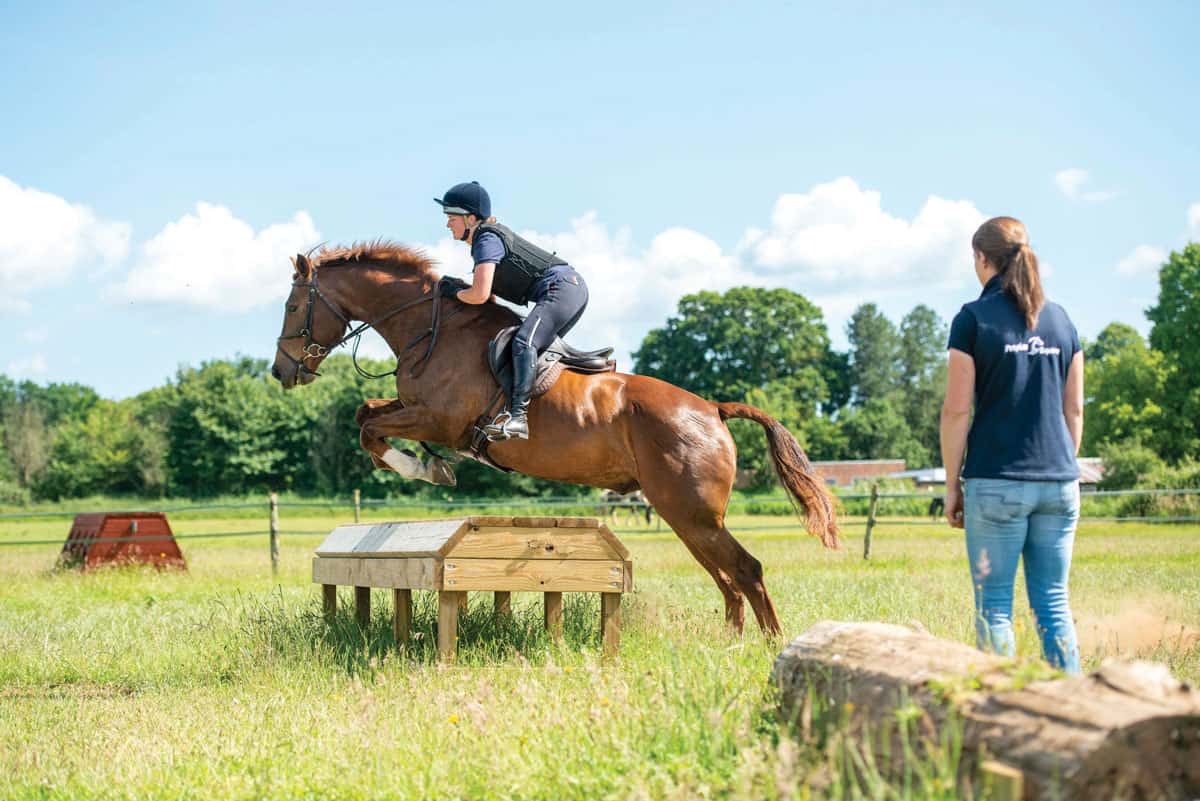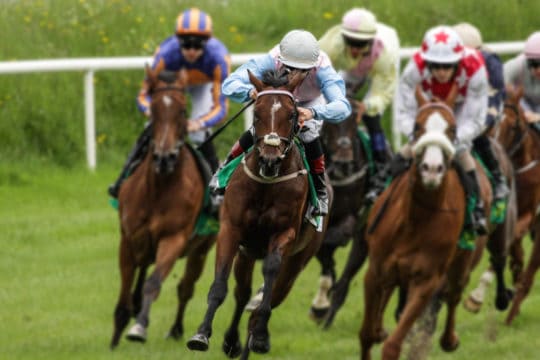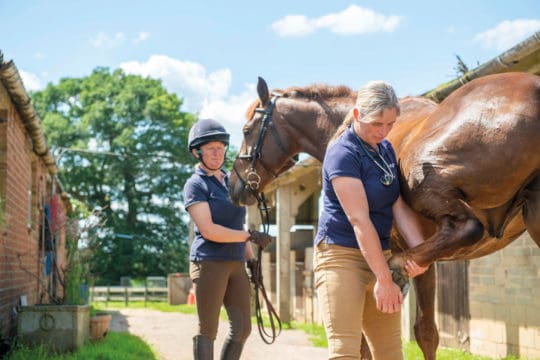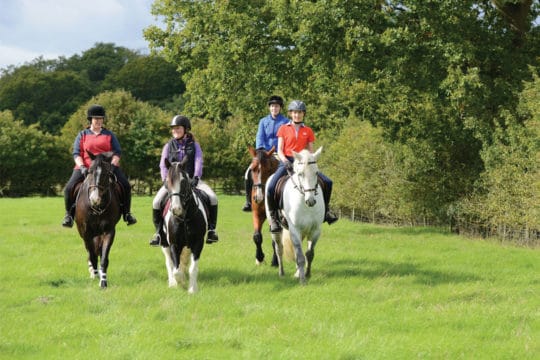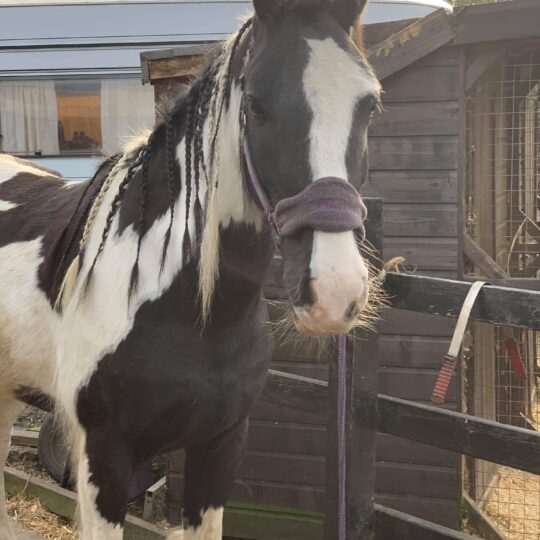The excitement of buying a new horse is one like no other, but don’t be fooled by rose-tinted glasses. Before taking the plunge, make sure you’re fully prepared
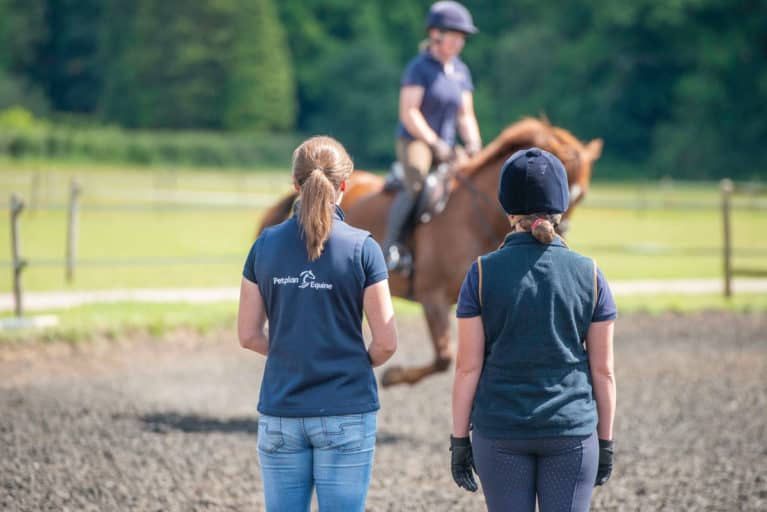
Owning a horse – or adding to your collection, if you’re so lucky – is one of the most rewarding decisions you might ever make. However, it’s also a huge time and financial commitment, so it’s important that you make the right choice. Luckily, we’re on hand to make this venture as simple as one, two, three.
Assess your abilities
Be realistic about what you want from a horse, and what you’re able to offer him. Are you prepared to have a youngster? Have you got the experience and time, or knowledgeable people around you who could help? If not, an older horse may be better – one who’s been there and done it. This is the best option if you don’t have the time or experience to put into an inexperienced horse. Consider your…
- experience How long have you been riding? Have you owned a horse before? How confident are you? A novice rider can quickly run into problems with a horse who needs more schooling and, in this case, a schoolmaster may be better-suited
- ambitions What do you want to do with your horse? Hack with some fun rides in the mix, or school multiple times a week with the aim to compete at the weekends? Finding a horse whose background matches your aims is the best route to a successful relationship
- set-up Have a yard in mind that you’re planning to keep your potential horse at, and understand what their situation is. Will there be a stable for your horse? Is it individual or group turnout? What facilities are there? If the horse needs group turnout and you can only offer individual, for example, you can’t offer him the home he needs
- budget Don’t view a horse significantly out of your price range in the hope you can barter the vendor down. While there may be a little leeway in the price, it’s unfair and unrealistic to expect the vendor to budge by a large amount
Top tip
Tell your horsey friends that you’re looking to buy a new horse. You never know, they might know of a potential match that hasn’t been advertised yet.
Create a shortlist
Once you know what you can offer a horse, it’ll help you form the basis to start shortlisting possible candidates, so write a checklist and stick to it. The key criteria you should set before you begin your shortlisting process are…
- age
- height
- type
- temperament
- experience
While it’s important to have guidelines, be sure of the reasons behind them and don’t be too rigid.
For example, if you want a horse who’s at least 10 years old because you’d like something that’s been there and done it, there can be horses younger than 10 who may be calm, straightforward and have done a bit of everything. Equally, you could come across an older horse who has less experience.
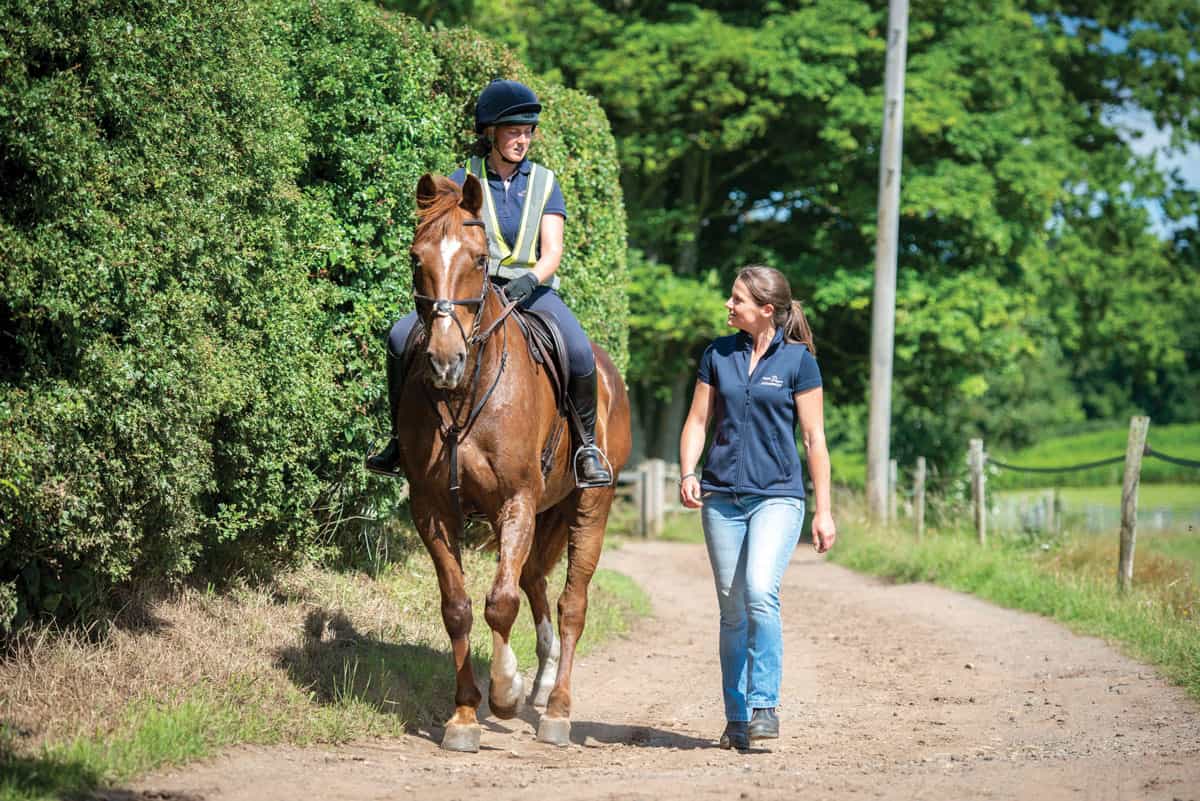
Similarly, a common stipulation many buyers make is no mares, but don’t be deterred by sex – there might be naughty mares out there, but there are naughty geldings, too. Unless your set-up doesn’t allow you to keep either a mare or a gelding, it’s far more important to find out about the horse’s experience and demeanour before writing him or her off.
Top tip
Questions regarding a horse’s temperament, experience and capabilities will give you a far better idea of his suitability than a quick glance at his age, sex or breed. So if he ticks some, or all, of your boxes, it’s always worth getting in touch.
Make the call
When you find a horse who meets your requirements, give the vendor a call to find out more information so you can decide whether to view him. Ask as many questions as you can to gather as much background information as possible. Questions to ask include…
- how long have you owned him?
- why are you selling him?
- does he have a competition record?
- what is he like to hack alone, in company and in traffic?
- how does he behave with other horses, ridden and turned out?
- what is he like to load, catch and clip? With the farrier and the vet?
- how does he behave away from home?
- would you class him as a novice or experienced ride?
- has he ever had any injuries or illnesses? Do they affect him now?
- is he on any medication? Why, what for and for how long?
When you’re satisfied that the horse sounds like a good fit for you, the next step is to arrange a viewing.
Top tip
Ask the vendor if they have videos of the horse or, if not, the ability to take and send some to you. Ask for footage in different contexts, for example at a competition, in the school and on a hack.
On the day
While online shopping might be a quick and easy way to buy many of your purchases, a horse is not one of them. For this reason, it’s essential that you view a potential new horse in person.
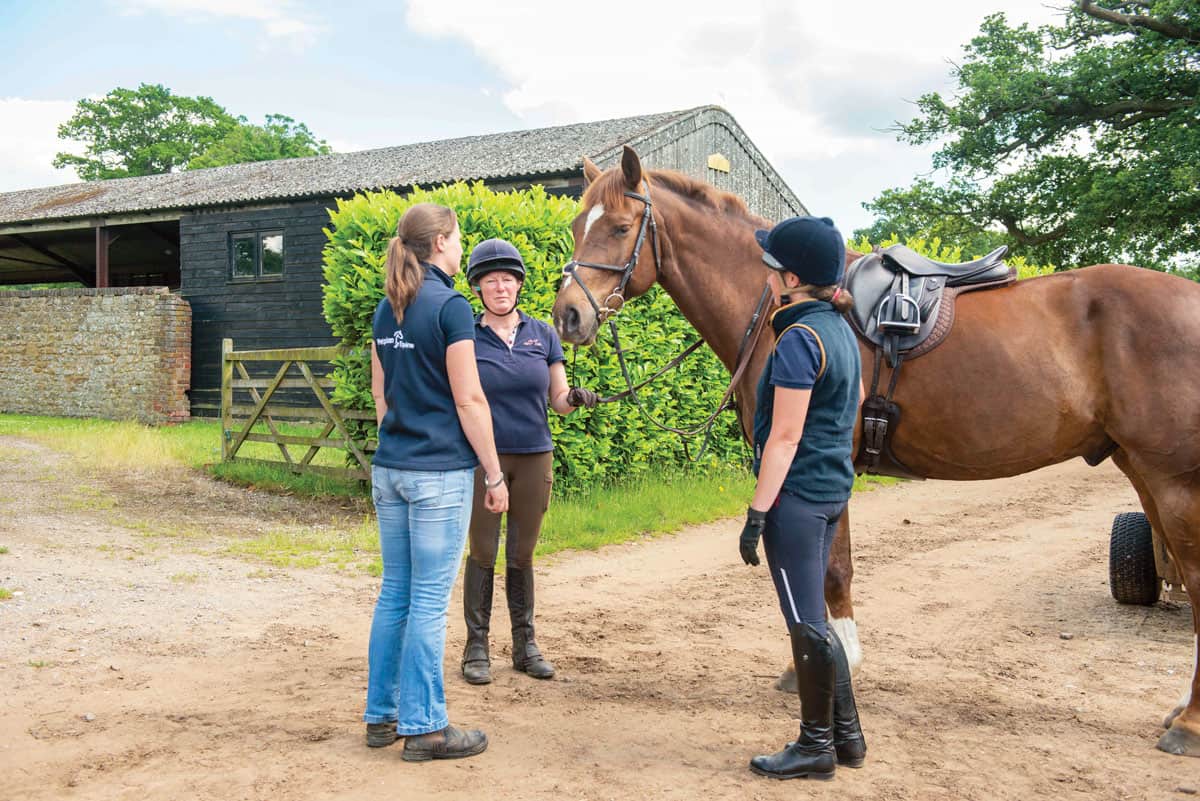
1. First impressions
So, you’ve trawled through the for sale adverts, spoken to vendors, seen countless videos and narrowed it down to one you think might be suitable – what next? One of the most exciting yet nerve-wracking parts of buying a horse – viewing him.
To get the most out of your viewing, formulate a plan and manage your expectations with three golden rules…
- Be open-minded This may, or may not, be the horse of your dreams, but regardless of what happens it’ll be a valuable learning experience.
- Develop a rapport with the vendor Hopefully, you’ll have already started this when you called for more information, but you need to feel confident and comfortable asking every question you think of.
- Bring an experienced pair of eyes One of the best people to ask is your instructor or an experienced friend – they’ll have seen a wide range of horses and will generally have a good idea of what’s a red flag and what isn’t. It’s easy to gloss over imperfections when you’re excited, so a second opinion from someone impartial can help you make the right decision.
Top tip
Ask your instructor to take pictures and videos as you ride, as this can help you get a different perspective of how you and the horse fit together.
Day-to-day
When you arrange the viewing, ask the vendor to leave as much of the horse’s routine until you get there. You’re not turning up for a riding lesson, you’re meeting your potential new partner, so experience as much of his routine first-hand as you can. This includes catching, leading, grooming and tacking up. Ask his owner to start and, if you feel confident, take over.
Don’t be afraid to have a thorough feel of the horse. Check for any lumps or bumps and, if you do come across any, ask where they came from. The owner may genuinely not know – it could be from before their time with the horse, or something they’ve simply never noticed before. Similarly, if you notice any abnormal behaviour or aggression, ask whether it’s usual for him.
In the saddle
No matter how confident you feel, the first time you go to view the horse, ask the vendor to ride him first. One of the riskiest things you can do as a rider is get on board a totally unknown horse, so keep your safety in mind.
Ask to see the horse do everything you want to do with him – 10 minutes of walk, trot and canter in an arena is a good starting point, plus a few jumps if necessary. If you’re happy with everything you’ve seen until this point, now’s a good time for you to take the reins. Ask the vendor if they have any tips for riding him – does he respond well to light or strong aids? How strong a rein contact is he used to? Horses are sensitive and adapt to certain styles of riding, and the vendor has probably ridden him consistently for a number of years.
A few pointers to remember…
- if you want the horse for dressage or to event, ensure you’ve ridden him in the arena in a snaffle. If he’s ridden in a martingale, ask to ride him without it to assess how differently he goes
- ask to ride in as many different scenarios as possible. At the very least you should see him in the arena and in an open space – ideally on his own and in company
- don’t be put off if the horse needs stronger tack when jumping, or working in an open space. Nobody could fault a horse for getting a little excited away from the school, but find out why he needs the tack change
What next?
If you’re genuinely interested in buying the horse, express your interest as soon as you can – generally within 48 hours is deemed acceptable, but this is at the owner’s discretion so communication is key. It’s fair to want to try a horse two or three times, to gather experience of as many situations with him as possible. However, be respectful of the vendor’s time and don’t expect them to wait weeks between visits.
From here, if you’re confident that he could be your perfect partner, there’s one final hurdle he needs to clear – passing a vetting.
Are you covered?
Leanne Hope, Product Underwriter at Petplan Equine, advises:
While an exciting time, trying out and riding a horse you don’t know can also be risky. Unfortunately, accidents aren’t uncommon and can happen to riders of any ability.
Always ask the vendor to ride the horse before you get on – and be wary if they seem unwilling to do so.
An important consideration is personal accident cover, which is designed to give you peace of mind in the event of an accident caused by riding or handling a horse. This can include cover in the event of death and permanent or temporary disability. If you’re unable to carry out the duties of your job or unable to work at all, personal accident cover can pay out regular amounts that will help towards your financial loss while you’re signed off work.
Remember, not all insurance policies are the same. For this reason, it’s important to look closely at exactly what it’ll cover you for – and what it won’t.
In association with petplanequine.co.uk




